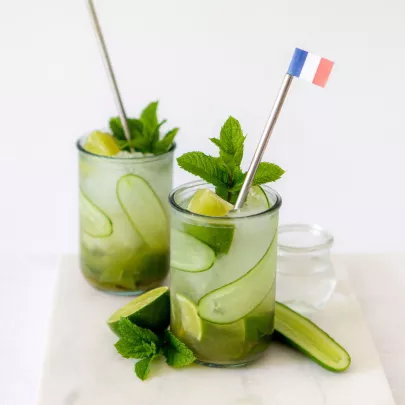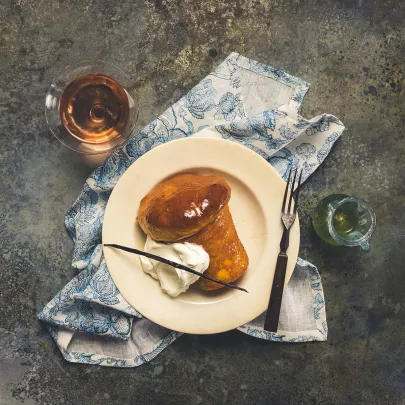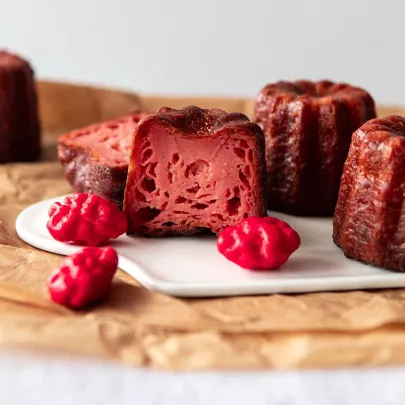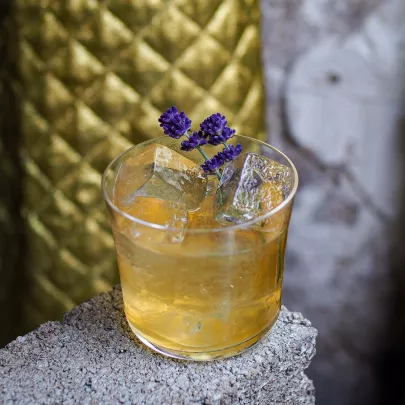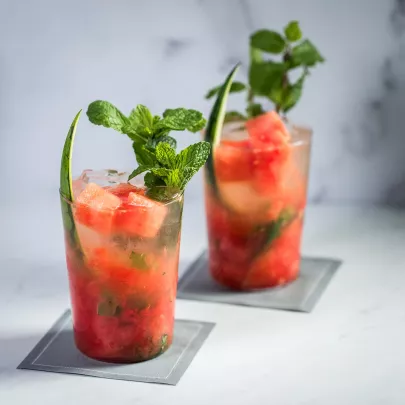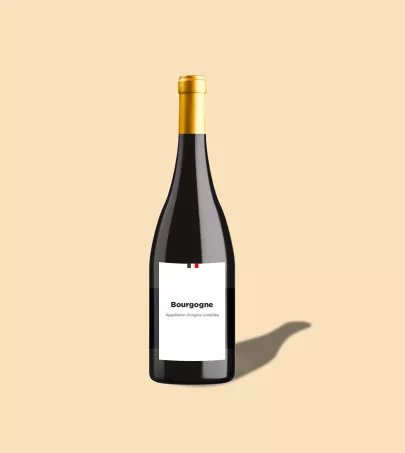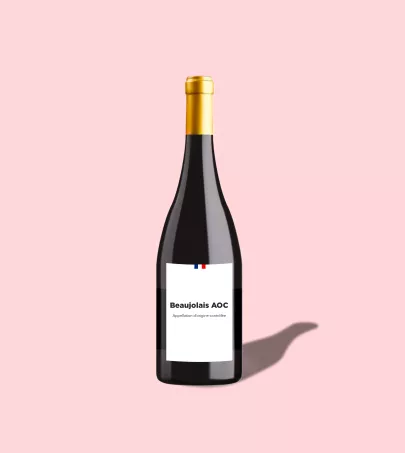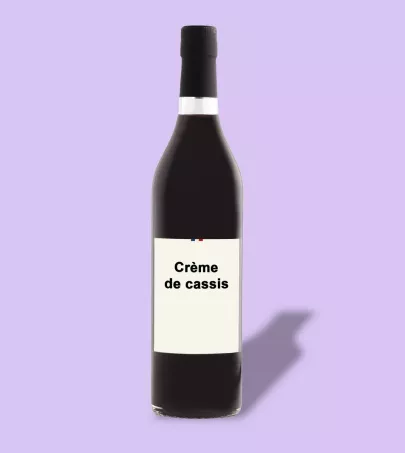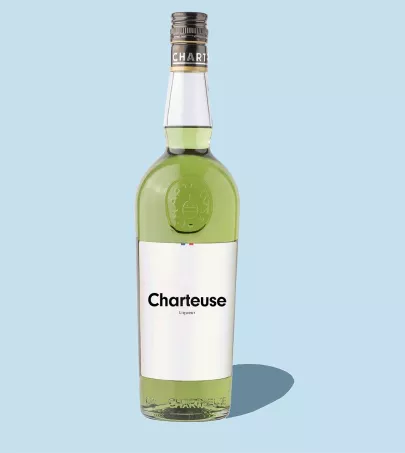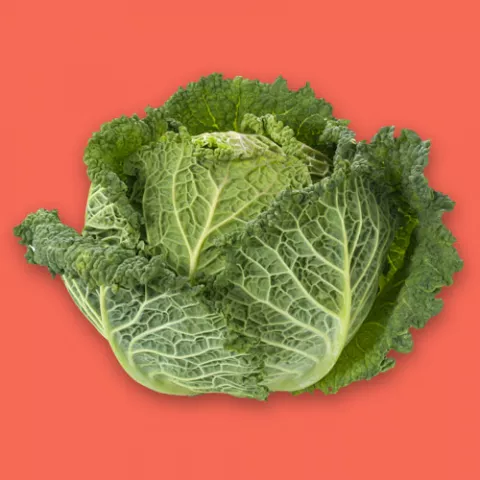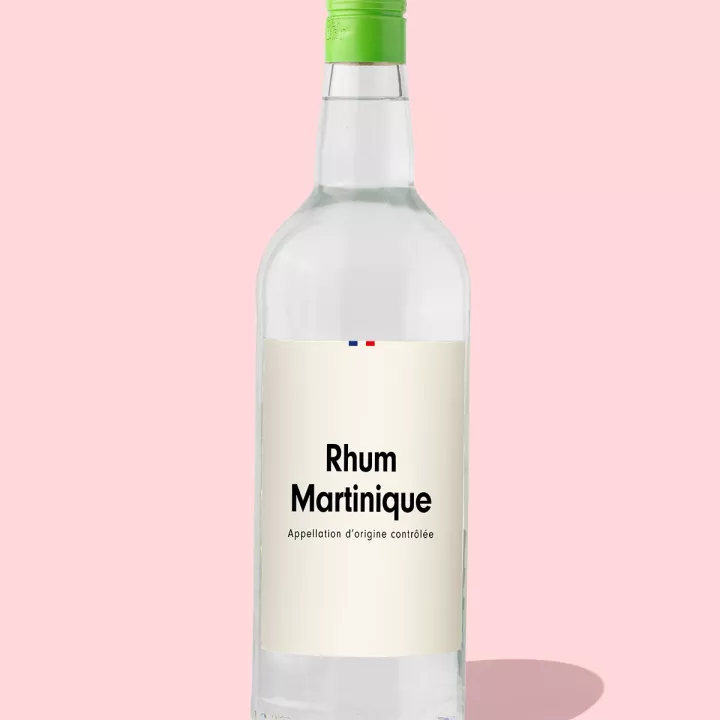
Martinique Rhum Agricole is a truly different drink from industrial rum. While industrial rum is made using molasses and water, Rhum Agricole is made from sugarcane that is filtered, fermented and distilled. It’s then aged for a period of at least three months and up to three years.
Since 1975, the region has a Protected Destination of Origin status. This means there are strict rules about the exact production region, the process and sugarcane varieties used for the spirit to qualify as Martinique Rhum Agricole. The final product is a “white,” “amber,” or “aged” spirit with an incredibly complex aroma.
What you need to know
The History of Martinique Rhum Agricole
Martinique Rhum Agricole has an interesting history. It was first made in Martinique at the end of the 19th century because sugarcane factories had to diversify due to overproduction. This spirit became incredibly popular during WWI, catching the eye of alcohol manufacturers in mainland France. As a result, taxes and restrictions soon followed. However, the government efforts to curtail the industry were in vain.
At the end of WWII, once restrictions were lifted, Rhum Agricole became wildly popular. So much so that in 1996 it was even granted Protected Destination of Origin status.
The PDO certification for Rhum Agricole covers 23 towns in Martinique sets the rules for :
-The types of sugarcane that can be used
-Yield per plot limits to prevent overproduction
-A ban on the use of irrigation and fertilization
-All downstream operations
The process of creating Martinique Rhum
It all starts with the sugarcane which is immediately crushed and cold-pressed after harvest without adding any sugar syrup or molasses.
Next, the sugarcane juice is enriched with yeast, which triggers the fermentation process. In less than 48 hours, the juice becomes sugarcane wine.
This wine is then heated in vats in order to vaporize and condense the alcohol, resulting in a spirit with a 65 to 75% ABV.
The resulting white rhum de coulage, or unrefined rum, is then stored for a minimum of three months. If the rhum is aged for at least 12 months, it becomes amber rum. If aged for over three years, it is labeled as aged rum.
Rhum Agricole Flavour Profile
Martinique rhum is bright and fresh with grass, citrus and tropical fruit notes. As it ages it gets vanilla, caramel and spice. Perfect for sipping neat, over ice or in cocktails.
Popular Cocktails Made with Martinique Rhum
Rhum Agricole is very versatile and can be used in many cocktails. Try it in a Ti' Punch, a traditional Caribbean drink with rhum agricole, lime and cane syrup or in a Daiquiri for a twist.
Why Choose Martinique Rhum Agricole ?
Martinique Rhum Agricole means quality, tradition and an authentic taste of the Caribbean in every drop.
What are some Good Martinique Rhum Brands to Try?
Not sure what brands of rhum to try? Here are a few suggestions that you can’t go wrong with:
-Rhum Saint James is a classic renowned for deep fruity notes and aging potential.
-Rhum Clément for smooth and rich flavours.
-Rhum J.M for a more robust and complex profile.
Characteristics
Smell
Look
Taste
Editor's note
How to use
Storing Rhum Agricole
Store Martinique rhum agricole in a dark, dry place for the best quality.
Serving Rhum Agricole
Enjoy Martinique rhum agricole neat, infused, or in cocktails. It’s also great in pastries like crepes, canelés, babas, croustades, and Caribbean pineapple cakes.
Pair with
Rhum Agricole pairs well with ingredients like limes, cinnamon, coconut milk, raisins, shrimp ceviche, and smoked fish. In cocktails, it works perfectly with mint for mojitos, lemon for daiquiris, pineapple juice and coconut cream for piña coladas, and many other combinations.

